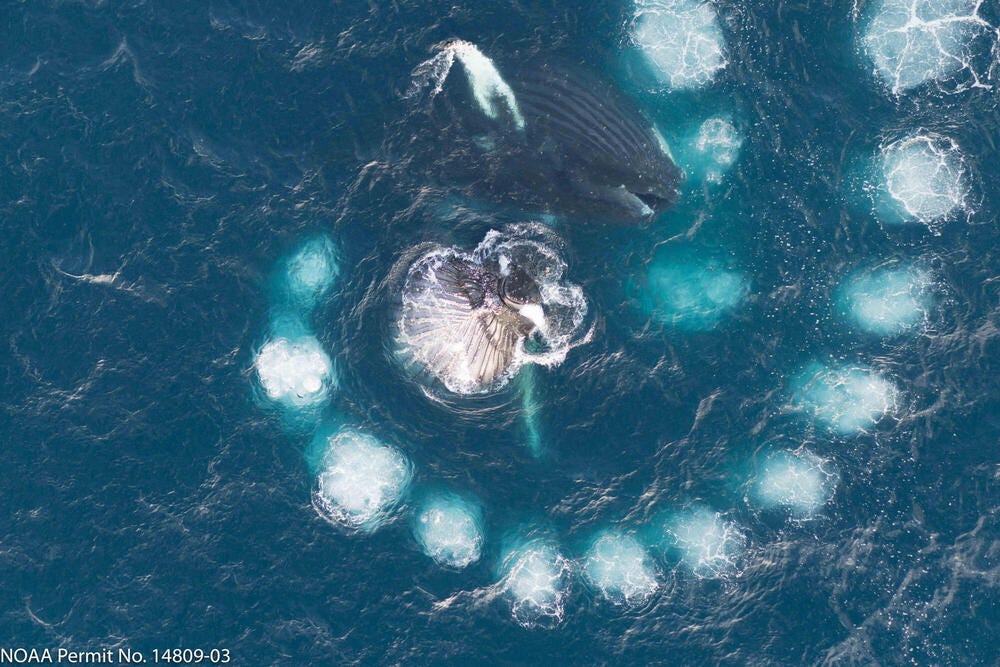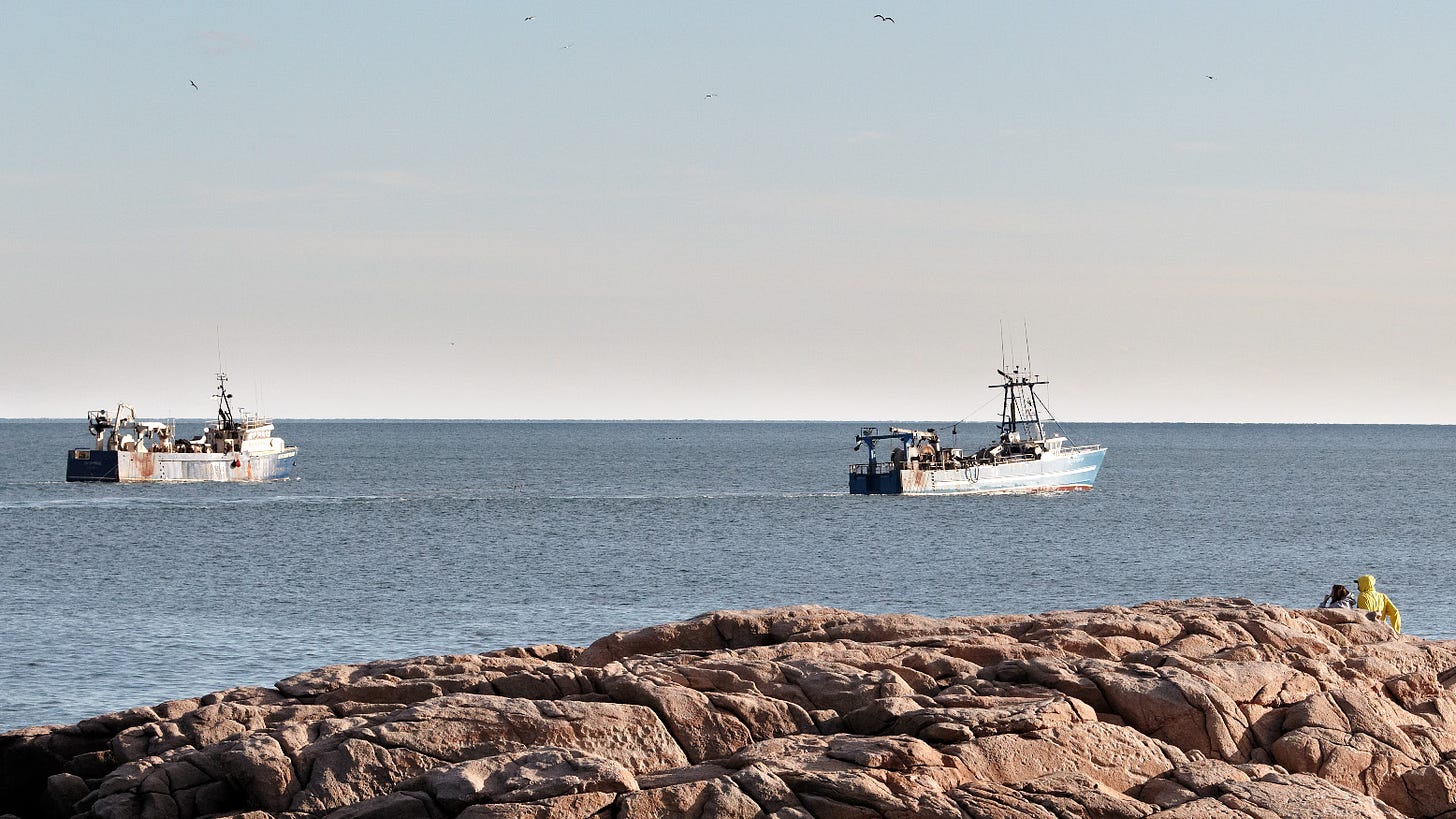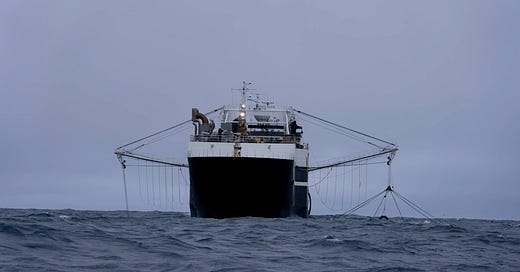News from a Changing Planet -- This Week on Earth #18
Plenty more fish in the sea I mean newsletter, plus a problem with the grid (for a change) and a possible solution to that problem (for a change!)

IN OTHER FISHING NEWS, KRILL: Industrial fishing of krill in the Southern Ocean near Antarctica could have serious implications for the food web and for carbon cycling. (Associated Press)
This AP investigation into the krill fishery in Antarctica is incredibly powerful visual and written journalism. It explores the extractive fishery, which largely passes outside of the world’s notice, partly because it takes place far away, at the bottom of the Earth, an important breeding ground for whales, fish, penguins and other wildlife.
“Tiny but bountiful, Antarctic krill make up one of the planet’s largest biomasses, nourishing everything from fish to marine mammals and seabirds…Lesser known is krill’s important role fighting climate change.
“Every year, krill remove as much as 23 megatons of carbon dioxide from the atmosphere, according to new research published by the World Wildlife Fund. That’s the equivalent of taking off the road 5 million cars every year.”

Beginning in the 1960s, Soviet ships began trawling in the area for nutrient-rich krill, small shrimp-like creatures, that could be “canned like sardines,” and they have been incorporated into our global food and nutrition system — feeding farm-raised fish, omega-3 pills, pet food and protein shakes — at a potentially high cost to the animals that depend on the krill and the ocean’s ability to sequester carbon, at a moment when we need to capture all the carbon we can.
The U.S. and other countries have been working to put new catch limits on krill and establish marine reserves, but China and Russia remain opposed, having “made no secret of their geopolitical ambitions in the white continent.”

AND MORE ON FISH (BUT ACTUALLY ON EVERYTHING): How a Supreme Court case on the herring fishery could upend the federal government’s ability to regulate…anything. (New Yorker)
Keep reading with a 7-day free trial
Subscribe to News from a Changing Planet to keep reading this post and get 7 days of free access to the full post archives.



